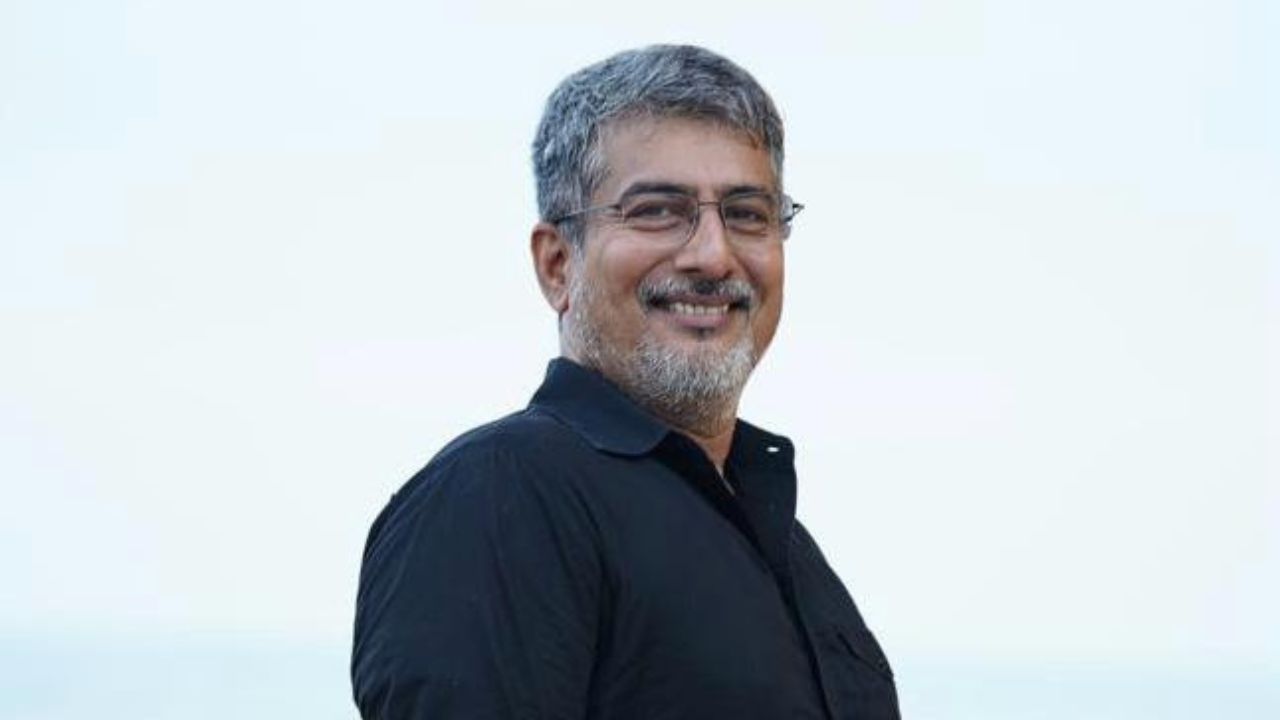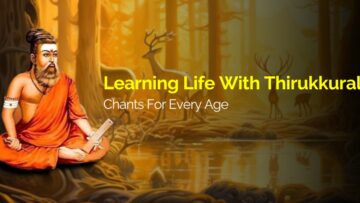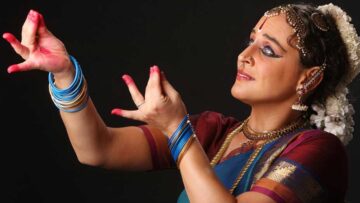Soundarajan Narendran has his head full of data about the Indian Diaspora, whose contribution to the world he believes has to be documented and acknowledged. He believes that understanding Vishwa Bharatiya network helps in reimagining the Indic world from a very different model. In this interview he talks about how he has collected information about Indian abroad and how this information can help bring about change.
How did your interest in data science translate into interest in collating information on Indian diaspora which is a topic of international level challenges and excitement?
As a professional data sciences expert, I spent a long time in business data analytics , using data to solve business and everyday problems. Having been in business and consulting it was natural to look for “information to insights” in many aspects of life endeavours.
When I started working with overseas Indians, I saw there were very successful professionals, entrepreneurs, technocrats, investors, etc in so many countries contributing richly to their adopted countries, however I found a sense of collectivism was missing among the diaspora when the focus was on Bharat and themselves.
There are social, cultural and trade groups which are very local in nature and are at best trying to recreate an extended Bharat in their communities. Once I started meeting similar diaspora groups across many such countries, I realised they all were small groups in local communities trying to build a mini Bharat outside in their own way.
This lead to my thinking that Bharat is not this piece of land as we see on a map, but it’s a collective sense of Bharatiya tatva of all Indian origin people residing across all parts of the world.
This followed the actual data collection and sizing of our Diaspora in multiple dimensions.
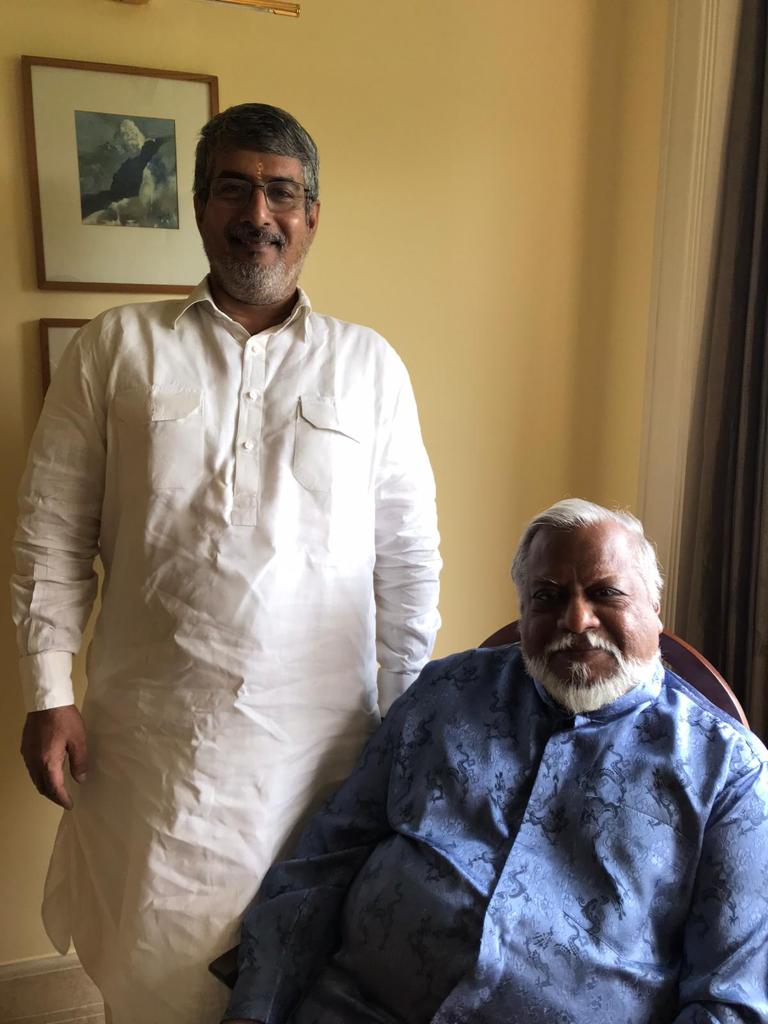 In Colombo
In Colombo
When we talk about Diaspora, it is also useful to learn about migration trends. What are your thoughts on pre-independence, independence and post-independence migration? How are the disciplines that deal with migration (demography, economics, law, sociology and politics) different in each of these streams?
The human tribe has been moving about exploring new and better terrains in search of food and safety for millions of years. Anthropologists claim migration started even before the modern human era.
In the case of Bharat and her history we can look at migration in five phases:
- Expansionist kingdoms i.e. Cholas to South East Asia, Satavahanas, Guptas to Central Asia etc
- Spiritual expansionism, Buddhism and Saivism etc towards Central and east Asia
- Colonial slave labour, sugarcane farmers and other slave trade migration
- War migration, World Wars displaced Indian warrior class across Asian sub continent
- Post independence relocation, migration for better education and economics
The sociology of each phase is different, the historical progression of each of these diaspora over many many generations is unique to the history of the world, it is talked about very less, and much less tracked with data and its value. To understand the true “Viswa Bharatiya” is to go beyond language, culture, trade, commerce identity citizenry and to re-imagine the society in a non-western view.
For example trade associations and linguistic groups are easier to assimilate and serve a limited purpose. This resembles the Spanish speaking and French speaking Canada which have a shallow external identity. Even religious groups have limitations separating them from the rest with reference to a corresponding geographical context.
The challenge is to draw a much bigger line beyond externalities. Scientific and philosophical orientation provides the answer. The essence of Bharat and Bharatiya conscious is an overarching system to find the cause to effects of today’s issues human society faces. We can call it Sanatanics for want of a better word. It encompasses economics, social sciences, politics, civics and the endeavour of modern society.
As of today, is there reliable, updated and comparative information available on Indian migration?
The true Indian diaspora has a network of USD 11.4 trillion spread across 92 countries.
There exists no published data or a formal compilation of the diaspora , the OCI / PIO covers less than 15% of true Viswa Bharatiya population. Much was written about the diaspora mostly referring to the CIO / PIO world though.
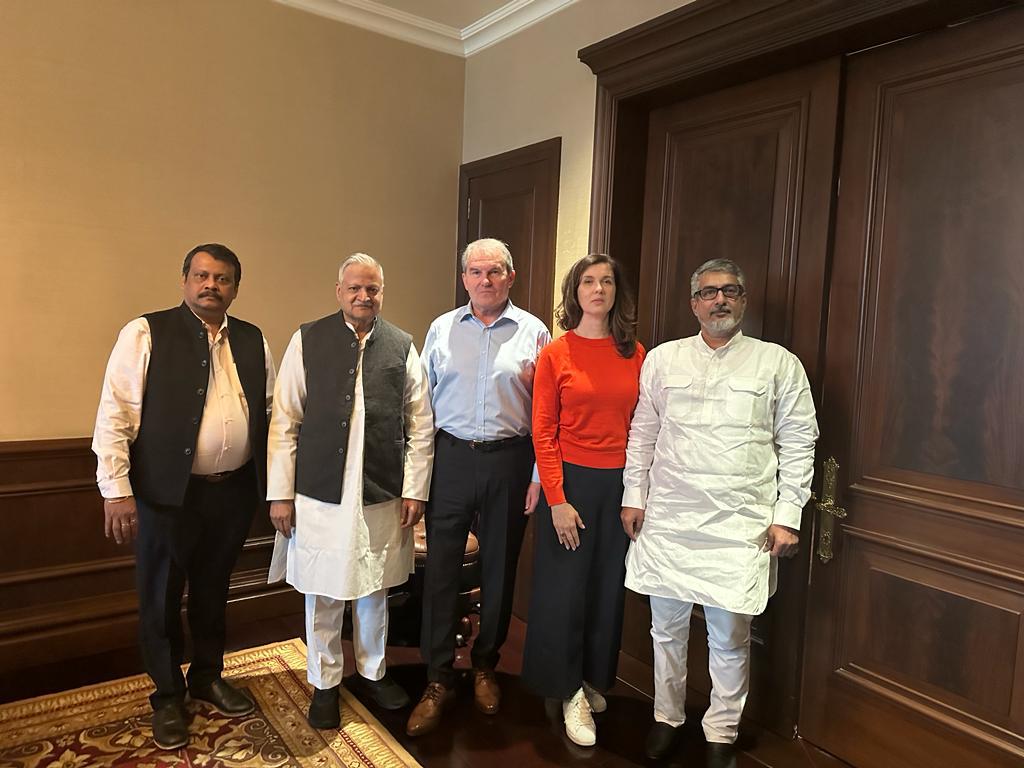 In Moscow
In Moscow
How can migration and diaspora studies help in standardising concepts and instruments of identity, that allow for aggregation and comparison. Could you share your statistics on the sheer volume of migration and related economic activity we are considering?
Understanding Vishwa Bharatiya network helps in reimagining the Indic world from a very different model.
The market value or the economic size of the Indian diaspora is $ 11.4 trillion, spread across 92 countries. We have 1,274 trade and cultural institutions, there are 5400 CAs / CPA boutique consulting firms, Indian origins lawyers operating in over 52 countries. We have politicians in over 36 countries.
With the date collected by me, geography wise, region wise, professionals, doctors, scientists, technocrats, lawyers , investors, politicians, senior members of global institutions, members of world bodies, entrepreneurs, inventors social workers and non for profits can be tabulated.
Metrics such as growth rates in population, economic progress, market cap per capita can also be complied.
You have mentioned that legal and political understanding of diaspora status is different from the social understanding. Could you explain?
Political representation is hard power whereas the socio cultural ethnic impact is soft power, which has a way more influence in the society, provided it’s created as a single global conscious entity (tatva).
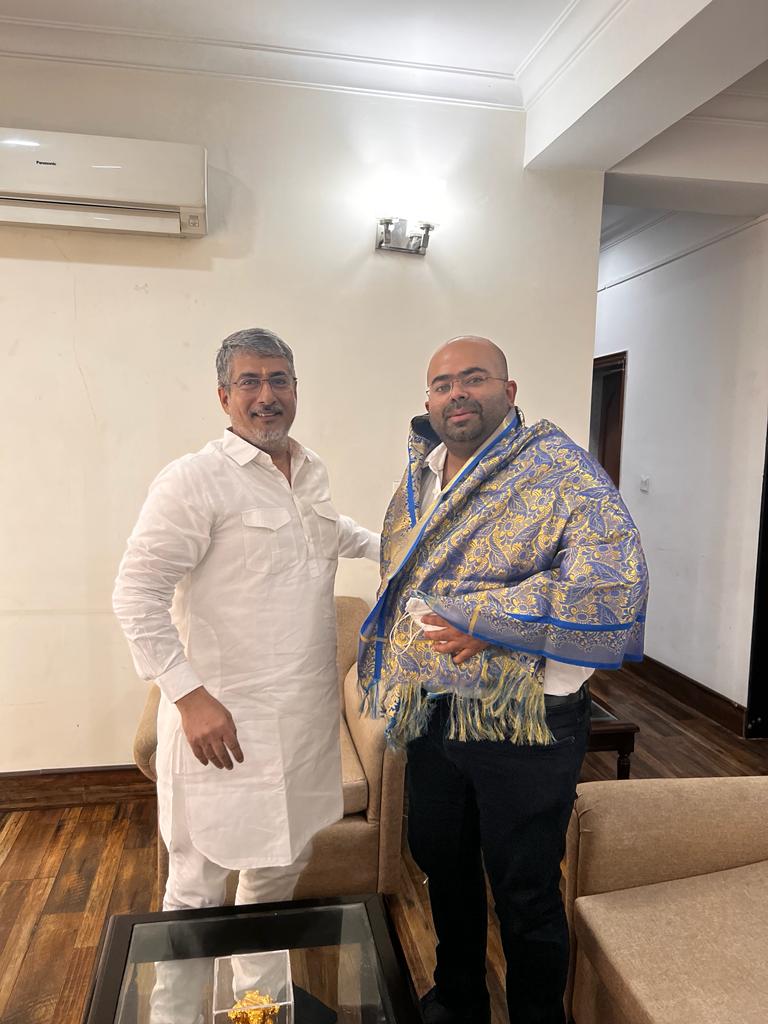 In Rome
In Rome
What is the link between Diaspora and Development? How can your work help to understand the immense contribution as well as stake of the Indian community in different countries?
The Viswa Bharatiya has deep impact in today’s respective foreign societies, the economic might if pruned well has potential to develop as a powerful financial institution, much like Norfund or Stanchart bank.
More importantly the diaspora networks contribution to a multi-polar world, sustainability, human values, evolution of culture and shaping the future of social anthropology is immense.
Our philosophies like – I’m never born and never die, Aham bhrama asmi, Jagat Ishwara Swaroopam – which are hard wired into our subconscious – offer the answer to the issues causing global crisis today like hyper materialism, hyper individualism, monopolistic capitalism, gender crisis, climate change, war and conflicts. There’s a need to activate the diaspora to become change makers and truly serve/heal the issues faced by humans across the globe.
While scientific, economic and professional efforts are served well, however a sense of collectivism would harness and multiply the same in much more powerful ways, for example if top 10% of wealthy Indians stash away 10% of their annual profits in a kitty, we could be among the top ten banks in the world in 5 years. Many such possibilities are open in economic and social collectivism. This much larger soft power is a cure and a way forward to much of the crisis humanity is facing today.
By collating, categorising and interpreting diaspora data how can we relate it to how the diaspora can help in the development of their home country?
India doesn’t need any help. The diaspora has little role in developing Bharat, ofcourse many efforts are being made by government as well as non-governmental organisations but the mindset has to change from India needs help to our time has come,” in terms of the much larger scope of possibilities in building global institutions and high impact public policies across continents.
What has been the Indian strategy of engaging with diaspora and what further actions would you recommend?
The diaspora work is beyond any government and it’s not its mandate to look at diaspora. Some symbolic efforts like NRI conferences and events do take place but it’s a work of non-governmental institutions, India ofcourse do not have such institutions today.
Could you share anecdotes which have shaped your interest in collating this huge amount of data. What do you think is missing in the way we use this data.
For instance in religion, there are infinite varieties and Sanatana Dharma has transformed into many many variants. In Fiji Solomon Islands they practice Indic Athesim, no God but you are God yourself. In Surinam, they worship Karthikeya as a black-brown race man smoking cigars as their deity.
In terms of celebrations and festivals – Diwali, Navratri, Janmashtami, new year, Bollywood nights, music concerts continue to dominate the diaspora’s activities.
Additionally, there are more than 1200 social groups like TANA, AKKA, Vivekananda Seva Samaj, Seva International etc, they do charitable work and build camaraderie among groups and families, by far the most successful however it could be leveraged for much higher vision in future.
Trade forums including Indo Canada Foundation, Singapore India Chamber of Commerce etc – they are business facilitation bodies and provide enabling business support among small businesses to get market access.
Gurus – many Indian gurus have established major learning or yoga practise centers across the world, their objective is specific to teaching their curriculam and invariably their service agenda is driven by a spiritual head.



